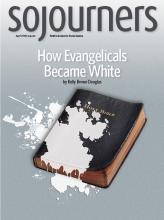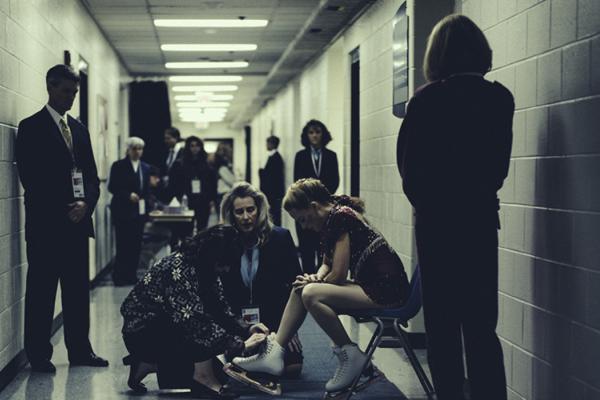THE TONYA HARDING saga was a Great American Novel of the 1990s waiting to be written—equal parts Theodore Dreiser and Three Stooges. Harding was the impoverished striver who muscled her way to the top of the hoity-toity world of women’s figure skating, only to be disgraced when her ex-husband’s buffoonish associates carried out a bizarre assault on a rival skater, Nancy Kerrigan.
The film I, Tonya delivers this story well, both as tragedy and as farce. It shows us the particular violence of frustrated hopes, malnourished emotions, and internalized self-hatred that passes from generation to generation like a plague in the lives of poor white people in America.
In 1972, when Tonya Harding was 2 years old, sociologist Richard Sennett and Jonathan Cobb published a book called The Hidden Injuries of Class. That phrase kept running through my mind as I watched I, Tonya. Sennett and Cobb profiled white working-class Americans who felt the pain of being disrespected and looked down upon, yet couldn’t help blaming themselves for that fact. One of their interviewees remarked, “I really didn’t have it upstairs to do satisfying work.”
Less than two years after Sennett’s book arrived, LaVona Golden, a foul-mouthed, chain-smoking wraith of a waitress (played by Allison Janney), intimidated a WASPy skating teacher into taking her daughter Tonya as a student. From that point on, in the movie, the girl’s life is blur of skating and abuse. Her mother torments her into giving her best on the ice, but comes up empty on empathy or affection. And the abuse gets physical. As a teenager (played by Margot Robbie), Tonya moves out to live with her boyfriend and ex-husband-to-be, Jeff Gillooly, and he hits her too.
Read the Full Article

